When the FT-86 concept was unveiled last year at the New York International Auto Show, I was skeptical as to whether or not the production model would look anything like the concept. The concept car was edgy, sleek, and sexy – everything it should be. I was ecstatic when I saw the first shots of the production version of the Scion FR-S. It was everything I had hoped for and more.
Scion says that "FR-S" stands for Front-engine Rear-wheel-drive Sport. Even though the FR-S isn't the first car to be created with all three of these attributes, they decided it was a fitting name for the only sports car in their lineup. In the last 50 years, I would estimate that over 80% of other sports cars follow this drivetrain configuration. Scion improved upon this style of car by including just enough technology to help the driver without hindering the driving experience. They also made the FR-S affordable and practical enough that just about enthusiast wanting a sports car could justify it. Akio Toyoda (president of Toyota) dreamed of a car that could bring passion back to their lineup. By pooling resources with Subaru, they did just that.
My goal for this review is to be a little different than any of the hundreds of other reviews on the Internet. Since I daily drive an AP1 Honda S2000 (MY 2000-2003), I thought I could give my personal impressions and compare the FR-S directly to an S2000. Because the AP1 S2000 has the same displacement and it is the first generation of an S2000, I feel that it's the proper comparison. You may be wondering why I'm comparing a 2 passenger roadster to a 4 passenger coupe. I'm doing this because when you compare the cars on paper they are remarkably similar.
Engine/Transmission
The engine code for the Scion FR-S is 4U-GSE. It's a 2.0L DOHC flat 4-cylinder boxer engine with 4 valves per cylinder that is mated to either a 6-speed manual or 6-speed automatic transmission. I drove the manual version so my impressions of the performance are based on this configuration. The engine produces 200 horsepower at 7,000 RPM and 151 lb-ft of torque at 6,600 RPM. A Honda S2000 with the same displacement produces 40 more horsepower (at 8,300 RPM ) and 153 lb-ft of torque at 7,500 RPM. When you compare the compression ratio of the engines, you see that the FR-S has a staggering 12.5:1 compared to the S2000's 11.0:1. This is possible thanks to the D-4S direct port injection system.
Just glancing at the specification sheets, one would think that the FR-S is a significantly slower. While I didn't take the FR-S to redline (it only had 15 miles on it when I drove it) I think I got a good feel for the power delivery. It feels VERY similar to an S2000 at lower RPM. I tend to think of my S2000 as a RWD Civic below 6,000 RPMS because of how easy it is to drive around town. Just like the S2000, the clutch in the FR-S is light and easy to engage/disengage. The gearbox is also similar in feel to the S2000 which is a big compliment. Many people rave about how nice the S2000 transmission feels. I did notice it was somewhat notchy going into second gear, but this could have been attributed to the transmission being brand new.
Since the FR-S weighs about 100 pounds less than an S2000, they should perform fairly similarly at the drag strip. Neither of these cars were designed with drag racing in mind but it would not surprise me if they were close. Both cars are equipped with a Torsen limited-slip differential.
From the start, the center of gravity of the car was something that the engineers who designed the FR-S strived to keep as low as possible. They accomplished this by using a boxer engine. Since the engine is flat, it allowed them to mount it low and behind the front wheels. This translates to nearly the same center of gravity as the Lexus LFA and Porsche 911 GT3. As you can see above, the engine in an S2000 is placed behind the front axle centerline just like the FR-S but not nearly as low because it is an inline engine.
The great thing about collaboration projects like the FR-S and BRZ is that it allows both companies to share some of their best technologies. Even though they used Subaru's boxer engine layout, they incorporated Toyota's D-4S direct injection technology. By using direct injection, they were able to maximize the amount of power out of the engine because they could have a high compression ratio. I wasn't surprised when I found out that just like an S2000, the FR-S uses premium fuel only (at least 91 octane).
Interior
Peering into the FR-S, it's obvious that the designers spent some time optimizing the layout of the interior. The front seats are supportive and stylish. The steering wheel is leather-wrapped and small. The shifter is placed in the ideal position and the emergency brake is closer to the driver than an S2000.
The pedals are aluminum and red stitching is prevalent throughout the interior. Regardless of the color of the exterior, red is the accent color for all FR-S's.
From a distance this texture looks like a carbon fiber pattern but it is actually an abstract version of the original Toyota 2000GT emblem/logo. This texture is common on many aspects of the car including the front grille and vents.
Compared to an S2000, I felt that the seats in the FR-S were more supportive. I prefer the look of leather seats but the suede-like seat material in the FR-S keeps the driver and passenger from sliding around under hard cornering.
The sound system was sufficient and easy to control. An optional navigation system can be installed in place of the base unit.
Overall, the interior in the FR-S is significantly more modern than an S2000. The designers even added a "Sound Creator" to the FR-S which is basically a tube coming from the engine intake that amplifies the sound of the engine in higher RPMs. Below is a comparison shot of the S2000 interior.
The instrument cluster in the FR-S is easy to read and nice to look at. I'm happy that they placed the tachometer in the center of the cluster. An S2000 has a digital speedometer/tachometer while the FR-S has a digital and analog speedometer/tachometer. I didn't see myself looking at the analog speedometer very often and I thought it was somewhat of a waste of space. They could have added extra gauges in its place and I doubt very many people would miss it.
Compared to the S2000, the trunk in the FR-S is massive. Supposedly, engineers designed the car so that four wheels and tires could fit in the trunk with the rear seats down. This allows weekend racers to take a more aggressive set of tires with them to the track.
Handling/Brakes
Both the FR-S and S2000 are equipped with Electric Power Steering. Some S2000 owners have criticized this style of power steering. They argue that this system makes it harder to tell how the front tires are behaving and makes it nearly impossible to feel slip. Scion made their EPS system limit the amount of assist to maximize the feel of the road but still help the driver at lower speeds.
The FR-S comes with 215/45R17 Michelen Primacy HP tires. AP1 S2000's came with 205/55R16 and 225/50R16 Bridgestone Potenza S-02's. The staggered setup was used to make the car easier to drive for the average person and made the car understeer which is usually safer. Scion decided to go with a neutral tire setup. I'm glad they went this route since this means that tire rotations are possible and owners can buy four of the same tires.
The FR-S has ventilated disc brakes on all corners that measure 11.6 inches in diameter in the front and 11.4 inches in the rear. An AP1 S2000 has 11.8 and 11.1 inch diameter disc brakes. The FR-S has a longer wheelbase at 101.2 inches compared to the S2000 at 94.5 inches. The S2000 is narrower than the FR-S by 1 inch. A full comparison of both specification sheets can be seen at the bottom of this article.
Both cars felt very similar in corners. If anything, the FR-S is more composed and with the traction control system turned on most drivers can push the car more confidently than an S2000.
The emblem on the fenders was designed exclusively for the FR-S/GT 86 and it sums up the car well. The boxer engine is illustrated by the two opposing pistons and the "86" portion of the emblem is supposed to be the wheels of the car in sliding at an angle during a drift.
Here you can see a shot of the V-LEDS Project FR-S. The full photo shoot and list of modifications will be posted in a separate article soon. This car is just an example of how nice a modified version with a body kit and wheels looks.
The 2013 Scion FR-S starts at $24,955 for a manual version and $26,055 for an automatic version.
Special thanks to Wilson Motors in Bellingham, WA for allowing me to test drive one of their first FR-S's. Contact John Ayre if you're interested in purchasing one of these great cars. Check back for a follow-up article with all of the photos from the V-LEDS Project FR-S shoot.
| 2013 Scion FR-S | 2000-2003 Honda S2000 | |
| Engine | ||
| Engine Code | 4U-GSE | F20C |
| Engine Type | 2.0L, DOHC boxer 4 cylinder | 2.0L, DOHC inline 4 cylinder, VTEC |
| Valves | 16 | 16 |
| Compression Ratio | 12.5:1 | 11.0:1 |
| Bore X Stroke | 86 X 86 mm | 87 X 84 mm |
| Fuel System | D-4S (Direct and Sequential Port Injection) | PGM-FI (Port Injection) |
| Transmission | 6-speed manual or automatic | 6-speed manual |
| Horsepower | 200 @ 7,000 RPM | 240 @ 8,300 RPM |
| Torque | 151 lb-ft @ 6,600 RPM | 153 lb-ft @ 7,500 RPM |
| Suspension/Brakes | ||
| Front Suspension | MacPherson® Strut | Double wishbone |
| Rear Suspension | Double wishbone | Double wishbone |
| Brakes – Front / Rear | Ventilated front & rear – 11.6" / 11.4" | Ventilated front & solid rear – 11.8" / 11.1" |
| Stabilizer Bars – Front / Rear | 18mm / 14mm | 28.2mm / 27.2mm |
| Wheels | 17 X 7.0 aluminum alloy | 16 X 6.5 / 16 X 7.5 aluminum alloy |
| Tires | 215/45R17 Michelen Primacy HP | 205/55R16 / 225/50R16 Bridgestone Potenza S-02 |
| Weight/Fuel | ||
| Fuel | Premium Unleaded – 13.2 gallons | Premium Unleaded – 13.2 gallons |
| Curb Weight (MT / AT) | 2,758 lbs / 2,806 lbs | 2835 lbs |
| Fuel Ecomony | ||
| MPG City (MT / AT) | 22 / 25 | 20 |
| MPG Highway (MT / AT) | 30 / 34 | 26 |
| Exterior Dimensions | ||
| Turning Circle | 36.1 ft | 35.4 ft |
| Length | 166.7 in | 162.2 in |
| Width | 69.9 in | 68.9 in |
| Height | 50.6 in | 50.0 in |
| Wheelbase | 101.2 in | 94.5 in |
| Weight Distribution | 53 / 47 | 49 / 51 |
[Sources: Scion FR-S product reference guide, Scion, Honda, superhonda.com]



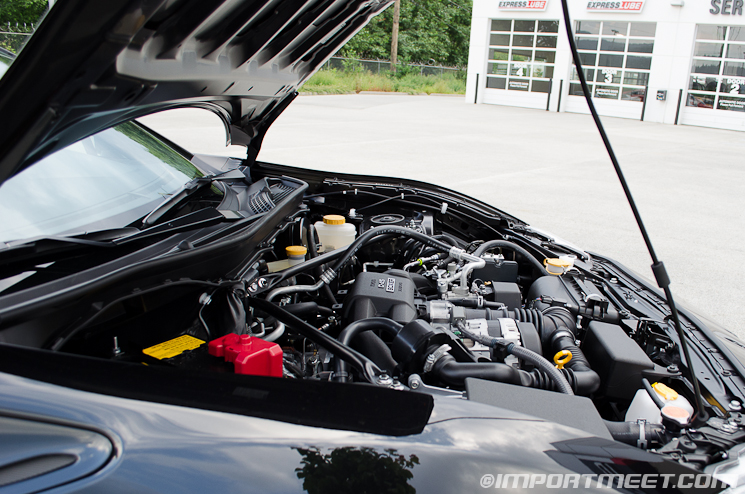
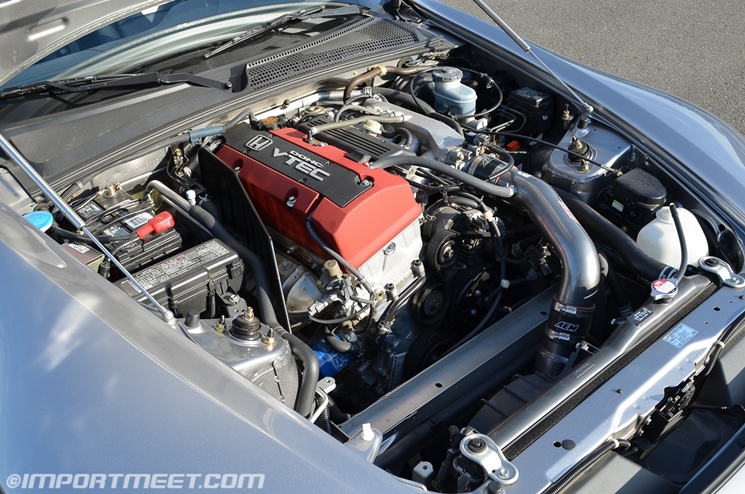
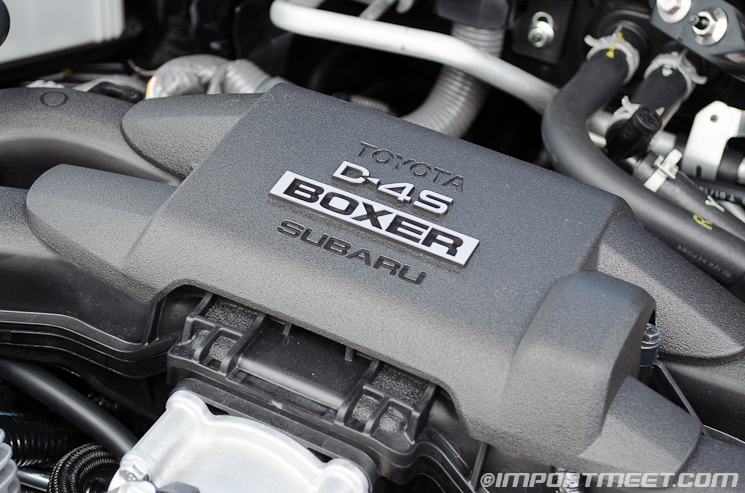
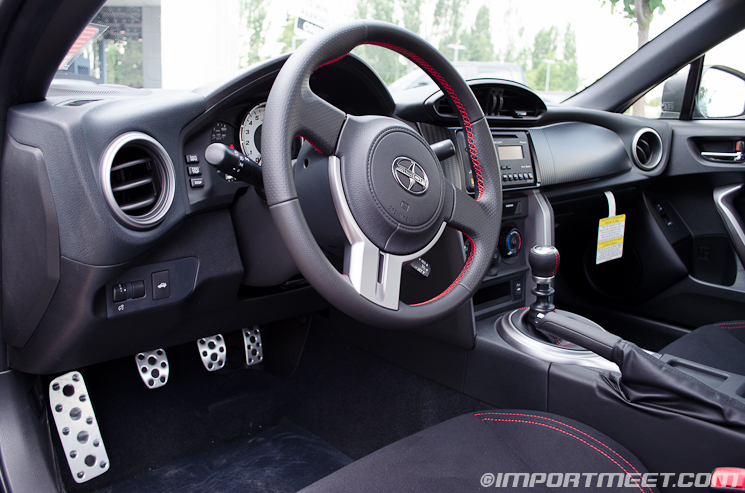
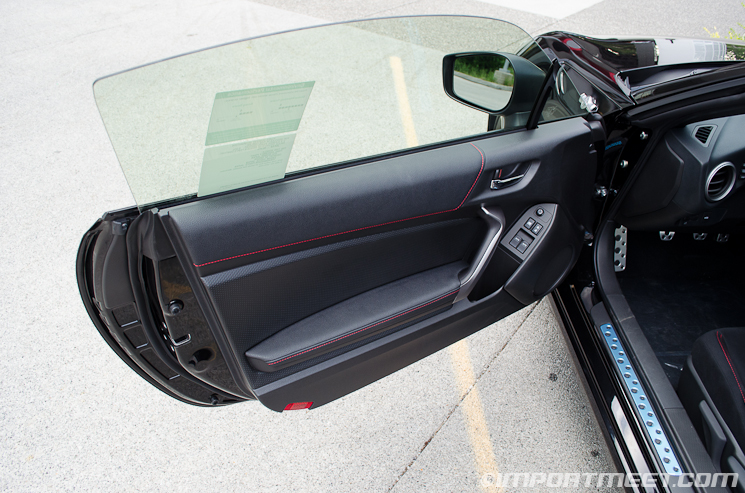
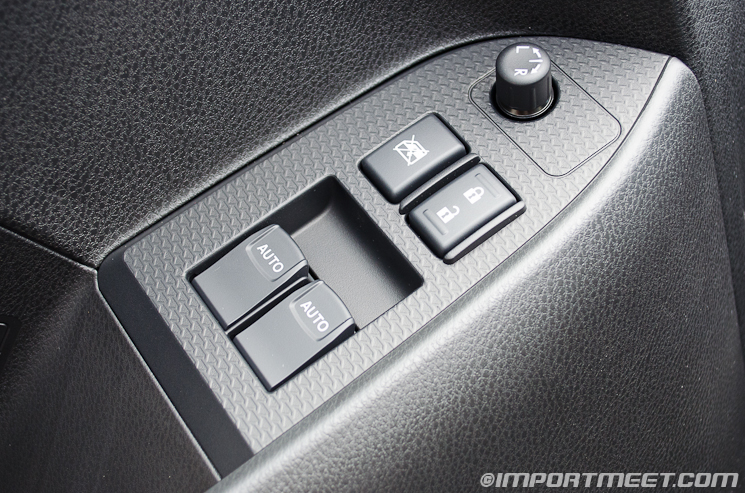
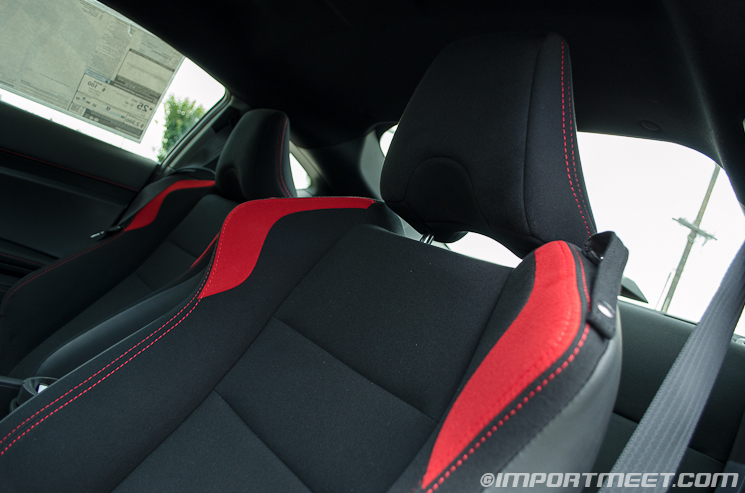
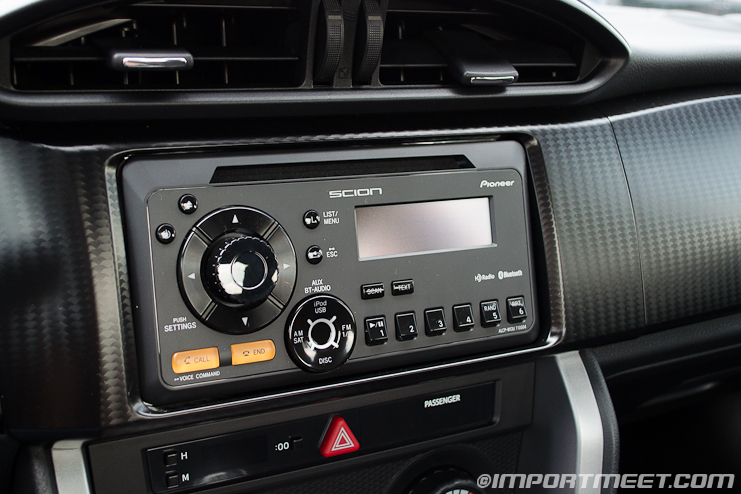
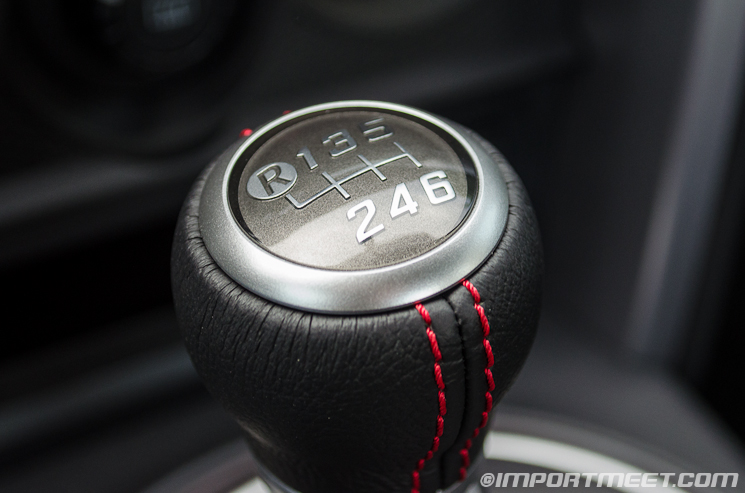
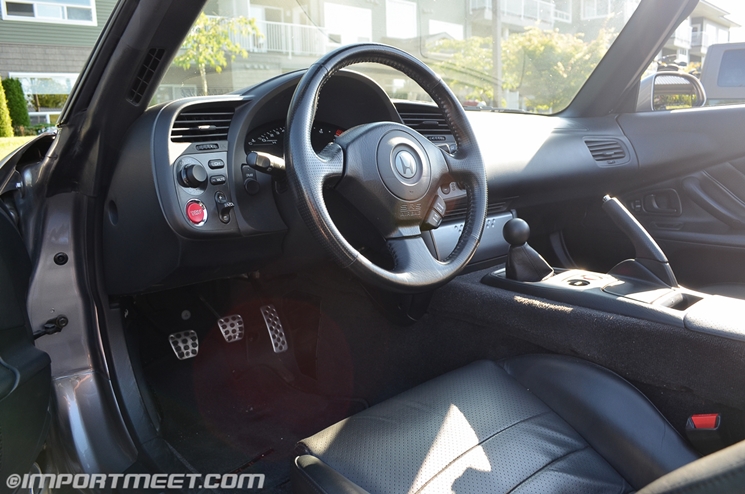
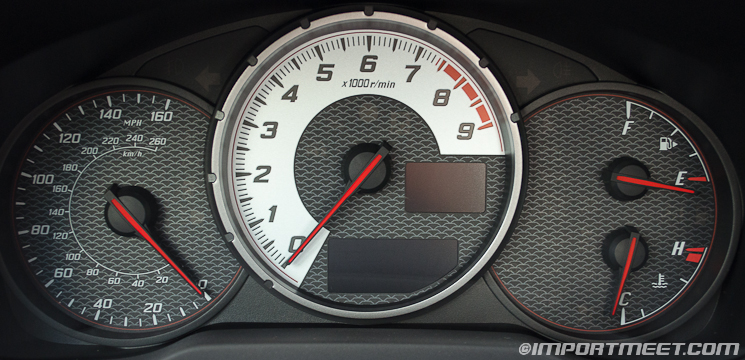
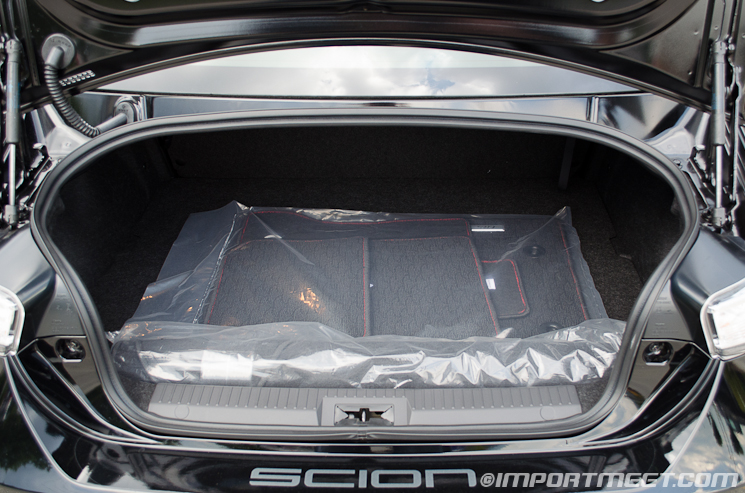
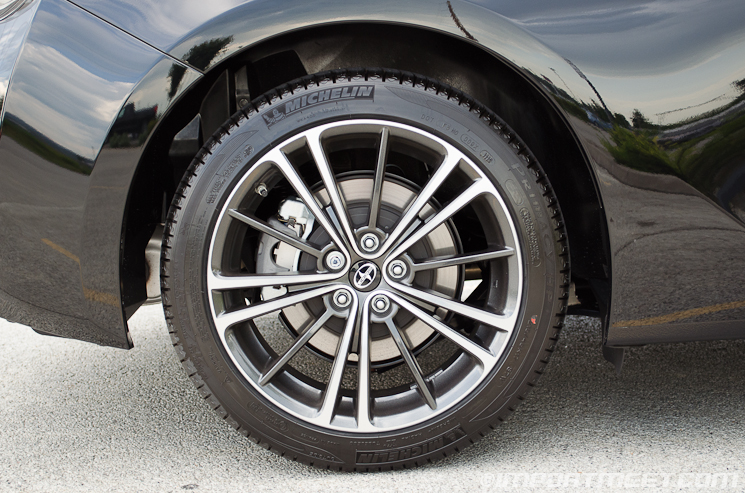
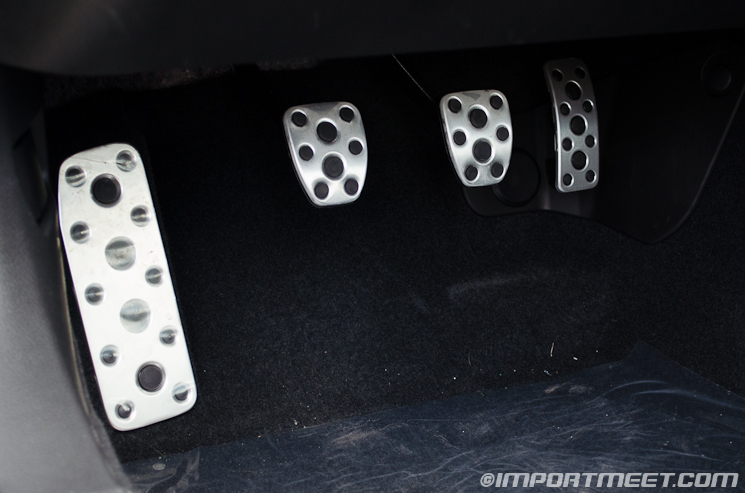
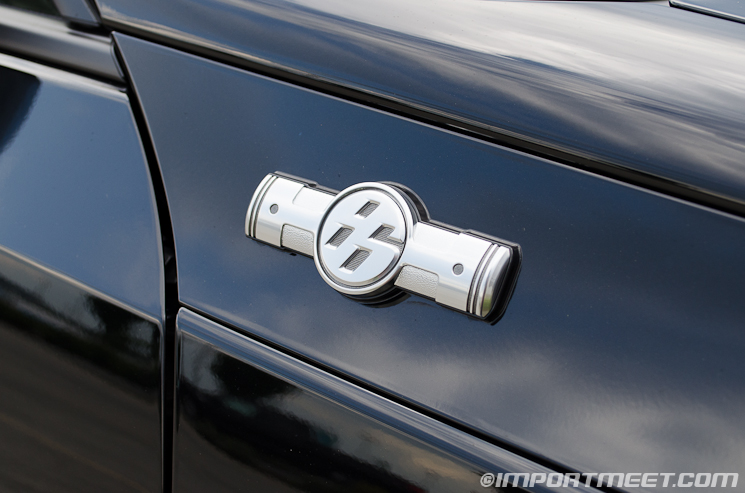
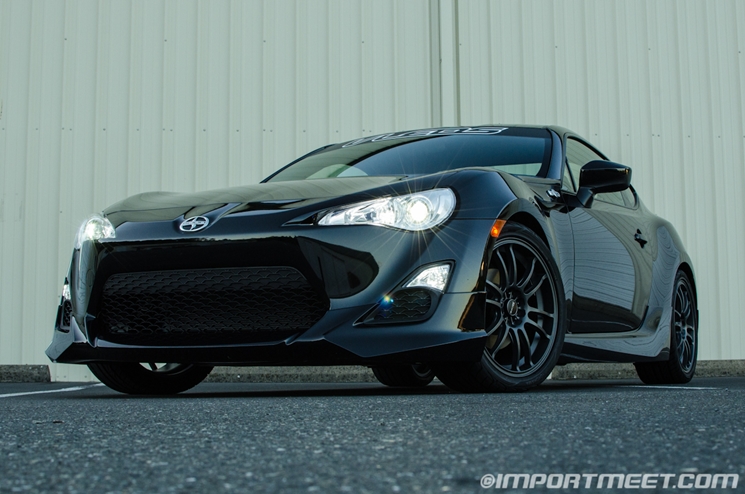
7 Comments
Awesome write up Matt, looking at that dash I’d agree that they should consider rethinking that speedo. The useable city portion is way too low. But a cool looking car nonetheless.
How about the Prius??
good write up. but i think i would make more sense to compare with a ap2.
Thanks for the comment, Ryan. The AP1 S2000 was chosen because it’s what I own. An AP1 S2000 is 2.0L as well which is a better comparison, IMO.
Please update the article with more personalized opinions with regard to handling and feel – both these cars are supposed to be great driver’s cars and so far you only write about technicalities one can compare in an excel sheet.
Other than that, excellent idea! thanks for sharing
Agreed. I'll see if I can arrange a test drive with the dealership again. To be honest, it's the only car that I can think of replacing my S2000 because of how well it handled. Thanks for the comment.
Interesting comparison. I’m driving an ’02 MR2 Spyder and looking to make a change. Have been driving S2000 AP2’s and AP1’s as well as the FR-S. There are subtle differences between the AP2 and AP1. I would compare the FR-S ride more to the AP2 with the exception that the AP2 2nd gear is shorter than the FR-S – that is, you reach red-line quicker. My sense is that the extra revs of the AP1 give more headroom in 2nd and 3rd under acceleration. Handling wise, all are very similar but IMHO the the FR-S is more refined, followed by the AP2. I think I’ll step into an AP1 – sort of like having a pair of stallions attached to the chariot – takes off like a shot, but one has to keep tight control of the reins – more fun for me! Seriously consider an FR-S, especially if you’re not wed to roadsters.